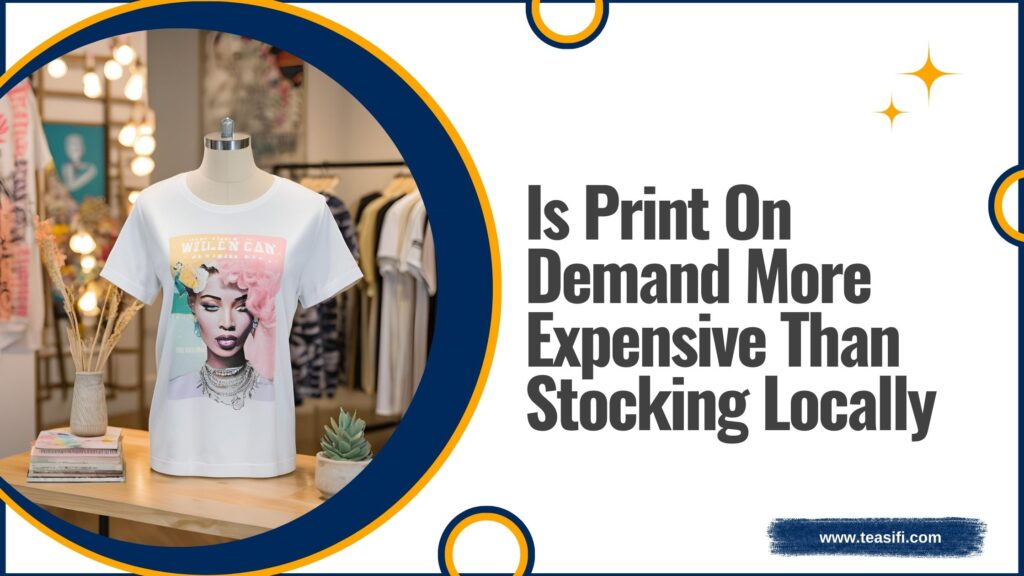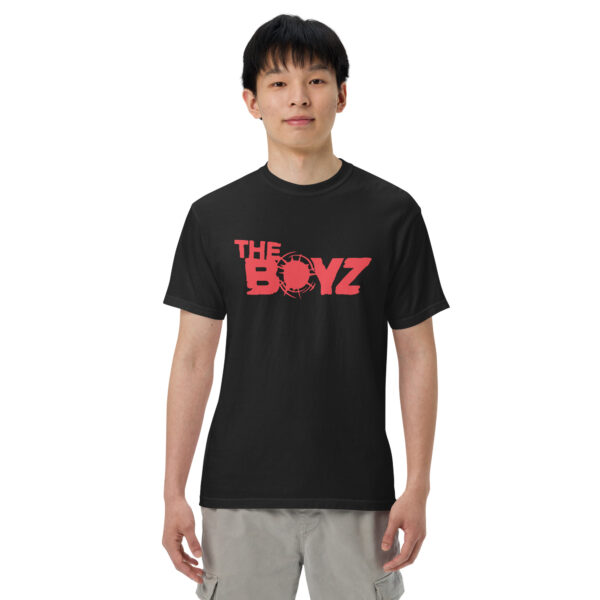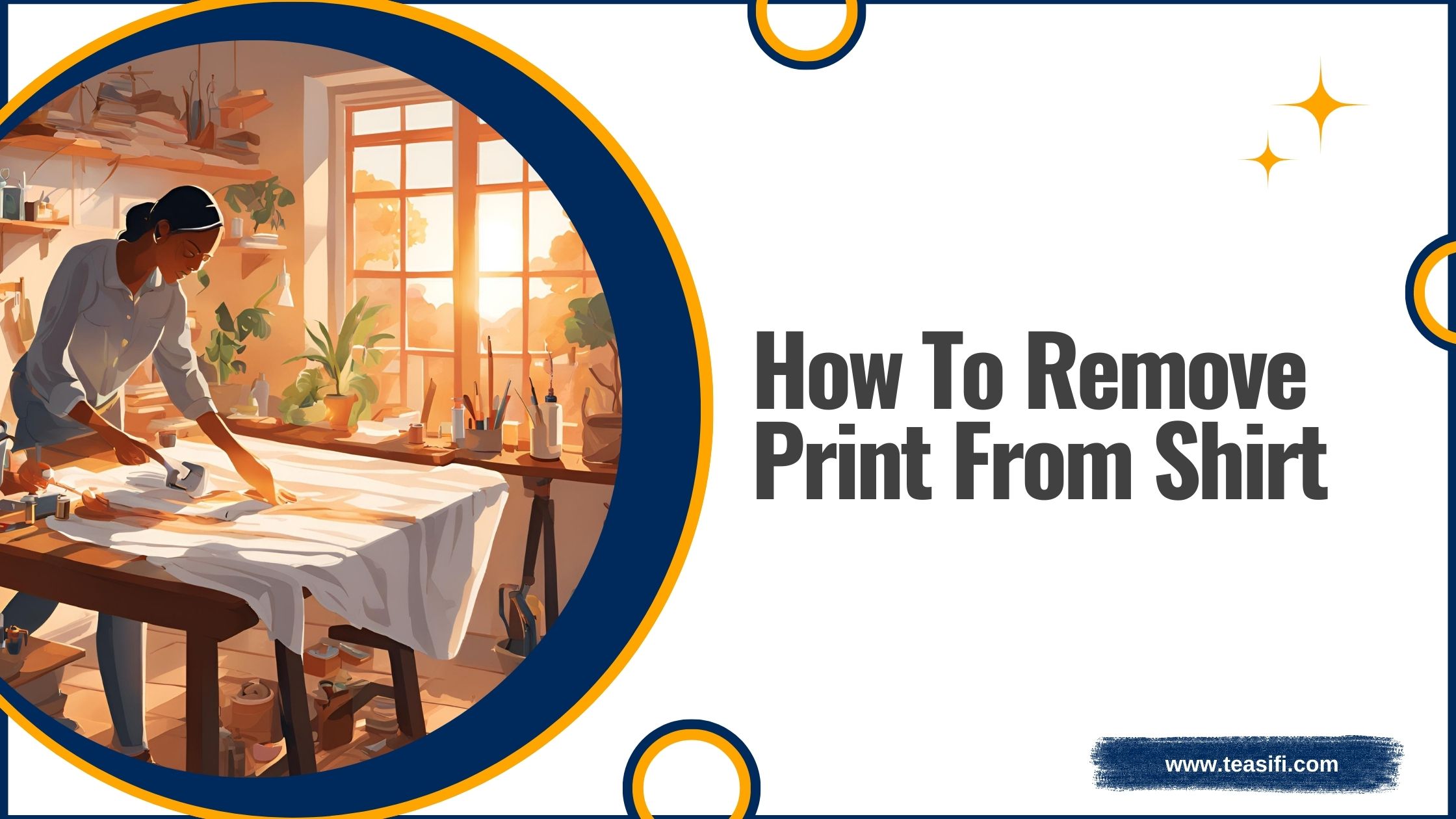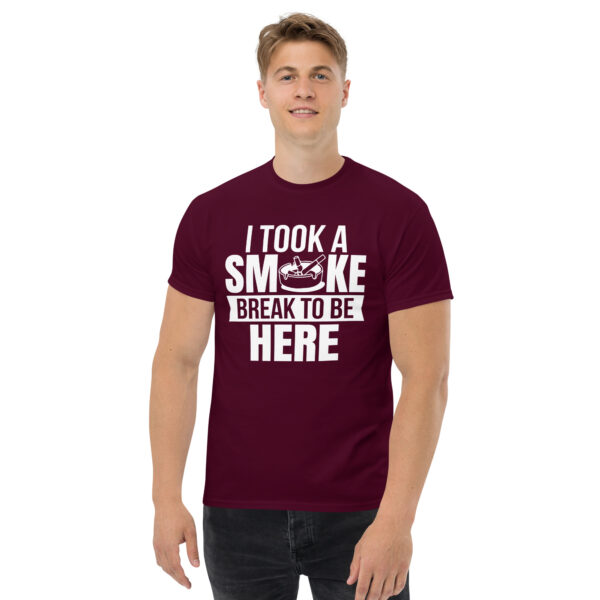When deciding how to manage an online store, the debate between print on demand and the traditional inventory model often arises.
With careful consideration of factors like initial investment, scalability, and risk, choosing the right method becomes vital for a business.
While print on demand minimizes upfront costs, it may involve higher per-product expenses, which can impact overall margins.
On the other hand, stocking locally demands more initial investment but offers control over products and customer satisfaction.
Table of Contents
ToggleExplore The Fundamentals Of Print On Demand
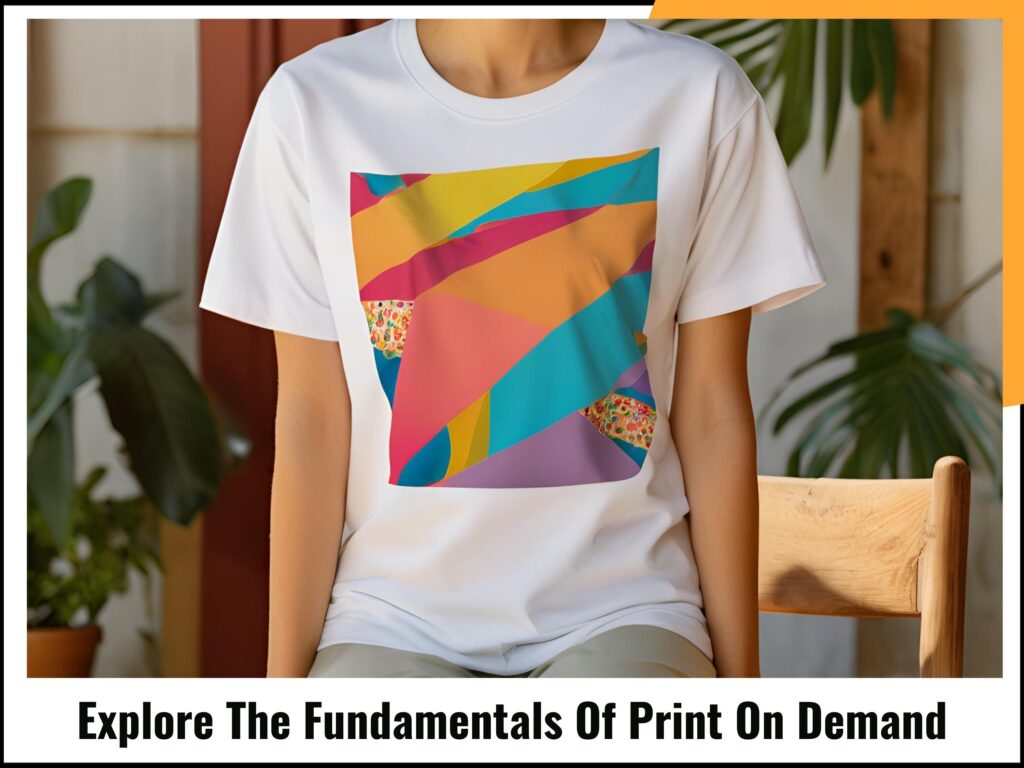
Print on demand, often referred to as POD, represents a newer player in the field of e-commerce, offering a unique method that caters to consumers’ desire for personalized items with the convenience of online shopping.
This innovative process allows businesses to approach customization through collaboration with a third-party supplier to create and sell white-label products tailored with their own designs.
Whether focusing on books, clothing, or home decor, this method provides businesses the flexibility to offer a wide range of personalized items to customers.
By leveraging this process, businesses can efficiently work within a scalable model that avoids the need for holding physical inventory, ensuring both cost-effectiveness and streamlined operations.
What Is Print On Demand?

Print on demand is a method where businesses collaborate with third-party suppliers to customize white-label products, such as apparel, books, or decor, featuring their own designs.
Unlike traditional mass-producing approaches, this process works on a per-order basis, ensuring you print only what customers order.
By eliminating the need for large upfront investments, businesses can create unique designs and sell them directly through their website, offering a personalized experience.
The beauty of this approach lies in its flexibility, as it allows companies to bring creative ideas to life without worrying about excess inventory or high retail price risks.
The process Of Print On Demand
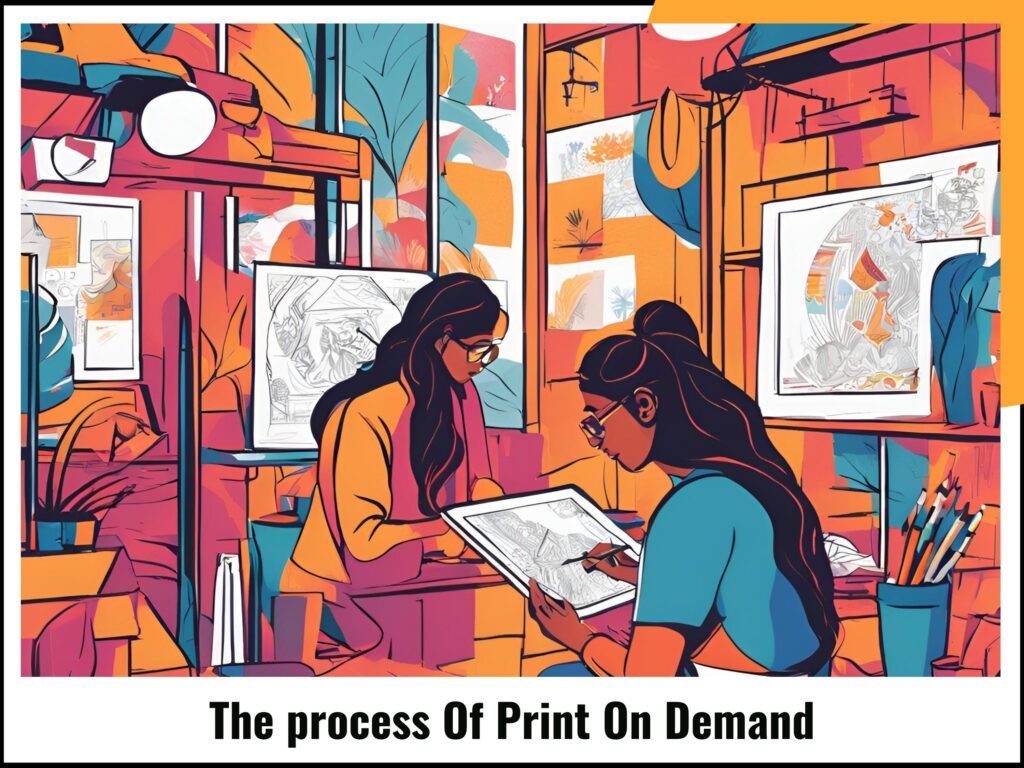
The process of print on demand offers a streamlined solution for businesses, allowing you to design and sell customized products without holding physical inventory.
When a customer places an order on your ecommerce store, the details are automatically forwarded to a POD supplier who takes over the production process.
Utilizing cutting-edge printing technology like DTG, they carefully transfer your unique design onto the chosen product.
Once the printing is completed, the product is carefully packaged and prepared for shipment, ensuring that it reaches the customer in perfect condition.
Unlike traditional models, where you need to invest in stock and manage storage and shipping, POD frees you from these burdens.
Instead, it lets you focus on creating designs, marketing to your audience, and letting the POD experts handle production and fulfillment.
The ease of this method makes it an appealing option for those looking to reduce logistical complexities while offering a range of personalized items to customers
Benefits Of print On Demand
Print on demand offers several advantages over traditional stocking methods, especially for businesses looking to scale efficiently.
With no need for inventory management, businesses can allocate resources elsewhere, minimizing the challenges of stocking, purchasing, and storing products.
One of the most notable benefits is the reduction of risk since products are only created when an order is placed, cutting down on the chance of unsold inventory or capital loss.
Additionally, the flexibility of offering a variety of products and designs without worrying about inventory levels is a significant perk.
Customization options allow businesses to cater to customers with personalized product experiences, which is increasingly appealing in today’s market.
Moreover, the initial investment required for a print on demand business is much lower, as there’s no upfront cost for storing stock.
As demand shifts, scalability becomes much easier to handle, without the concern of overstocking or under stocking.
Platforms like Gelato further increase the reach of businesses globally, enabling them to expand their market presence and customer base, while still maintaining high-quality standards and consistent results.
Insights of Traditional Inventory Model
It is important to understand that the print on demand model for which traditional inventory model has been there for many years to give insight of the whole process
What Is The Traditional Inventory Business Model?
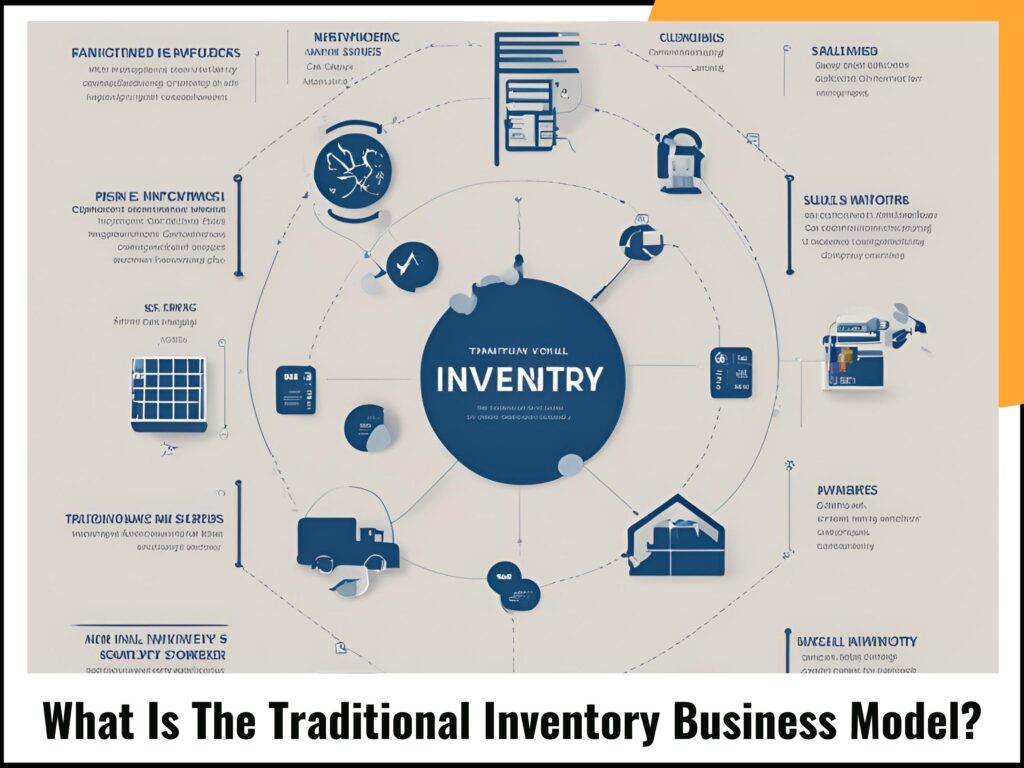
The traditional inventory business model revolves around purchasing products in bulk and holding stock until items are sold over time.
This method, often known as the stock holding approach, involves buying low, storing products, and selling them at a higher price.
Businesses using this model repeat this process, keeping their inventory stocked and ready for customers.
While this method allows businesses to control stock and prices, it also comes with the responsibility of managing large quantities of products, storage costs, and the risk of unsold items.
Considerations For The Inventory Business Model
When opting for the traditional inventory business model, there are several considerations to keep in mind.
The process involves purchasing goods in bulk, storing them, and carefully managing stock levels to avoid the risk of running out of stock.
However, this approach requires constant attention to maintaining inventory, buying products upfront, and ensuring that your stock is well-managed until it’s sold.
It also means that overstocking or understocking can result in unnecessary costs.
Being mindful of these factors is essential, especially when deciding if print on demand might offer a more cost-effective alternative.
High startup costs
When considering the traditional inventory model, one of the major hurdles that businesses face is the high startup costs.
Launching a business with this model often requires a significant initial investment in purchasing inventory, setting up warehousing, and possibly hiring staff to manage the stock levels.
The complexity of storing and managing the inventory can further add to operational costs, making this approach more expensive upfront compared to alternatives like print on demand.
The need for careful planning and resource allocation is critical to mitigate these initial costs and ensure long-term sustainability in a competitive market.
Intensive capital requirement and risk
Inventory models that require constant maintaining can present intensive challenges, particularly when it comes to managing capital.
The need for regular influxes of capital to restock inventory can be a significant financial burden.
In addition, the risk of holding unsold stock leads to potential financial losses, making inventory management a delicate balancing act.
The inherent risks tied to stock levels, combined with the pressure of loss mitigation, make this model both resource-intensive and risky.
Businesses must constantly monitor their supply chain to avoid these pitfalls, which is where the challenge of effective financial risk management comes into play
Difficulty in inventory management
Managing an inventory comes with its own set of challenges, requiring careful tracking of stock levels, rotation, and avoiding spoilage or obsolescence.
The effort to maintain product availability without risking excess inventory or stockouts can strain resources, particularly when product life cycle and shelf life are factors.
Proper demand forecasting and accurate inventory management are crucial to prevent logistical issues and reduce operational costs.
With effective space utilization and efficient warehouse systems, businesses can mitigate these challenges, though constant attention is needed to avoid product turnover problems, and ensure smooth stock control and loss prevention.
Ultimately, businesses must balance the complexity of managing inventory with the need for optimal efficiency to avoid the risk of obsolescence and product waste.
Wastage and losses due to obsolete inventory
When managing inventory, a significant challenge is the risk of product obsolescence, which leads to potential wastage and losses.
This is particularly evident in industries where trends shift rapidly, causing products to go out of style quickly.
For businesses stocking locally, this can result in unsold stock that doesn’t align with current consumer preferences, amplifying financial risks.
Such risks are heightened by market shifts and fluctuating demand, which impact product turnover and inventory management.
Overstocking can further exacerbate these issues, contributing to outdated stock and increasing the cost of goods.
In contrast, print on demand models can mitigate some of these losses by producing goods as needed, reducing the risk associated with surplus inventory, while also helping to manage the product life cycle, shelf life, and waste management.
The flexibility in inventory forecasting allows businesses to stay agile, responding to changing demand without the burden of maintaining large, potentially obsolete stock levels.
Limitations: Product Variety & Customization
When considering inventory business models, limitations on product variety and customization are crucial factors to evaluate.
Stocking constraints often restrict the range of products a business can offer, as each variant requires dedicated storage space and inventory management.
This can reduce flexibility, especially when dealing with multiple product variants, forcing businesses to balance product differentiation with available resources.
The challenge of inventory turnover becomes more prominent as businesses need to carefully manage stock levels and space utilization.
Retail inventory, while crucial for maintaining demand, may become harder to manage efficiently with product variants.
This often leads to higher operational costs and a limited ability to scale, especially when customization options are restricted by warehousing and fulfillment capabilities.
Supply chain management is directly impacted, as meeting customer demands without overstocking or understocking becomes more complex.
Demand Forecasting Challenges
Accurately predicting demand is essential for managing inventory effectively, whether stocking locally or opting for print on demand.
Inventory-based businesses face challenges such as stockouts, overstocks, and forecasting inaccuracies, which can lead to either wasted inventory or lost sales.
The ability to predict demand plays a significant role in avoiding these issues and optimizing stock levels.
A failure in demand forecasting can result in costly operational issues like excess stock or insufficient product availability.
The impact on customer satisfaction, sales, and the overall supply chain efficiency is considerable.
Managing forecasting accuracy requires a delicate balance, and even slight miscalculations can lead to financial risks, wasted resources, and inventory turnover challenges.
Consequently, businesses must maintain a close eye on market trends and adjust their inventory management strategies to avoid these potential pitfalls.
Logistics and Storage Issues
Managing physical inventory presents challenges related to efficient logistics and storage.
For businesses, particularly small businesses and startups with limited resources, the cost of warehousing and maintaining stock levels can become a significant burden.
In traditional inventory systems, storage space and resource allocation are crucial factors that can affect operational efficiency and financial risk.
Inventory turnover and stock management play vital roles in optimizing storage capacity and minimizing excess inventory.
This is especially important for companies navigating the complexities of supply chain management and the logistical challenges of shipping and delivery.
The need for demand forecasting to prevent overstocking or stock outs also ties into these storage and logistical considerations.
While print on demand eliminates some of these challenges by reducing inventory and storage requirements, businesses still need to evaluate the long-term cost and operational impact of both approaches.
Comparison: Print On Demand VS. Inventory
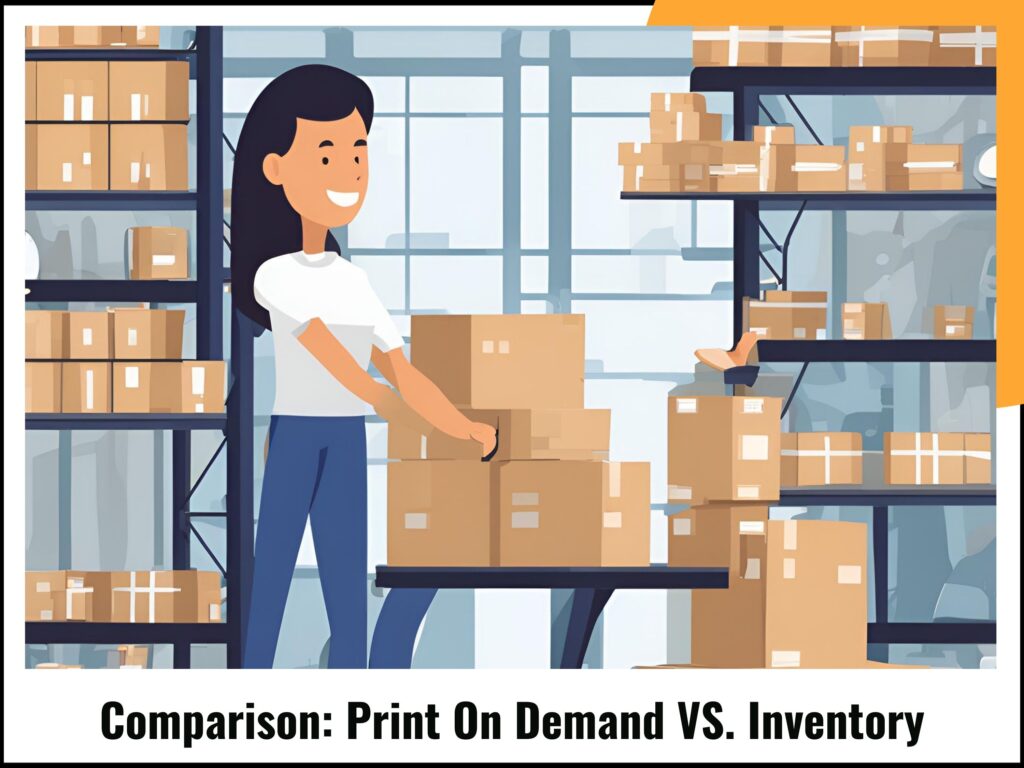
When evaluating whether print on demand (POD) is more expensive than stocking locally, it’s essential to weigh key factors related to business models and operational processes.
POD allows businesses to avoid significant upfront costs by producing physical products, such as t-shirts, mugs, and phone cases, only when orders are placed, leading to lower stock levels and reduced warehousing needs.
However, this model can result in higher production costs per item, which could affect the overall cost-effectiveness for businesses with higher order volumes.
On the other hand, managing traditional inventory gives businesses greater control over product availability, fulfillment speed, and customer satisfaction but requires effective inventory management to handle stockouts, overstocks, and resource allocation.
Additionally, inventory systems must balance demand forecasting, logistics, and product variety, often at the cost of operational efficiency and higher storage expenses.
The choice between these two models ultimately depends on the type of products, market trends, and the ability to manage excess inventory or stock outs, all of which influence financial risk and profitability.
Cost Comparison
When comparing the cost of print on demand (POD) and stocking inventory locally, the upfront investment and production costs come into play.
With POD, businesses avoid the expenses of storing inventory, shipping, and bulk purchasing, as they only produce items when ordered.
This reduces the financial risk, making POD an attractive option for those with limited capital.
However, the inventory model offers cost-effectiveness when buying in bulk, thanks to economies of scale.
Suppliers often provide better deals on larger orders, lowering the unit cost, but businesses need to allocate resources for warehousing and manage excess inventory.
The inventory model can be a viable choice for businesses that can predict demand, plan for order fulfillment, and manage stock levels, while POD is a suitable choice when minimizing risk is the priority.
Ultimately, the decision hinges on factors like product availability, customer satisfaction, resource allocation, and demand forecasting.
Time Efficiency Comparison
When it comes to time efficiency, the print on demand (POD) model is often preferred due to its hands-off approach.
This model allows businesses to focus primarily on marketing tactics, product designs, and growth, while the supplier handles the printing, shipping, and fulfillment.
This way, business owners can allocate their time and energy towards developing new product ideas and scaling their operations without worrying about managing inventory levels, packaging, or storage space.
On the other hand, the inventory model requires more hands-on management. Businesses must keep track of inventory levels, manage stock, and handle every aspect of packaging and delivery.
While it can be time-consuming, this model provides businesses with more control over the customer experience, enabling them to ensure quality packaging, timely shipping, and high customer satisfaction, which may lead to repeat business and long-term success.
Both models have their advantages, but time efficiency is certainly more pronounced with POD.
Scalability comparison
In terms of scalability, both the POD and inventory models offer distinct advantages depending on the business’s needs.
With POD, you can easily test new designs and adjust to market demand without the risk of holding excess inventory.
This hands-off approach allows businesses to focus on product offerings while reducing the financial risk of overstocking.
In contrast, the inventory model provides the flexibility to scale quickly in new markets, especially if you have a sufficient budget for stock and anticipate high demand.
By managing stock levels and ensuring quick fulfillment, businesses can fulfill orders without production delays, making it a great option for meeting surges in demand or tapping into new, untapped markets.
However, inventory models may face challenges with waste management, product turnover, and operational costs, requiring careful resource allocation to maintain efficiency.
The ability to forecast demand and control inventory systems is critical for sustaining growth and customer satisfaction across both models.
Exploring What’s Best For Your Business

Right after a good comparative analysis of the two models, now we are in a position to decide which one is the best and good fit model in different situations exposed to your businesses. Following is the set of considerations in this context:
Assessment of Business Needs
When evaluating whether print on demand or stocking locally is the best fit for your business, it’s crucial to first assess your target market and understand their preferences.
Are your customers more inclined toward customized products, or are they satisfied with more generic options?
Understanding their purchase behavior, including whether they value uniqueness or convenience, can help you identify the best model for your business.
Market analysis plays a significant role here, helping you align your product offerings with customer expectations, while also considering your business goals and strategy.
Additionally, understanding the demographic of your target audience, their purchasing decisions, and their preferences for product types and customization will provide valuable insights into how you approach product selection and sales strategy.
This assessment helps refine your business decisions, ensuring that you stay responsive to market trends while offering the most appealing products for your niche market.
Assessment of Financial Capability
If you’re operating on a tight budget, POD might suit your financial capacity better, as it requires minimal upfront costs.
By only manufacturing products when an order is placed, you avoid overstocking and the risk of maintaining inventory.
This model enables you to focus on managing expenses and profits more efficiently, without committing large amounts of capital upfront.
However, if you have a larger financial reservoir and the ability to take on more risk, maintaining stock through an inventory model could potentially offer better profitability.
It becomes more important when leveraging manufacturing and inventory management to meet demand fulfillment and reduce manufacturing costs.
The key is to assess your financial health, risk tolerance, and the financial planning required to manage both the operational costs and the risk of overstock or under stock.
A Perfect Selection of the Business Model
Choosing the right business model for your venture depends on several factors, including your plans for growth, market entry, and product variety.
If you’re starting small with a passion project, testing the market through print on demand (POD) offers a flexible approach, enabling you to adapt your offerings based on customer feedback without a significant upfront investment.
As you refine your brand and products, you can expand gradually, scaling your operations while aligning with market demand.
However, if you’re targeting rapid growth and already have a clear product roadmap, an inventory model might better suit your business strategy.
This model allows you to expand quickly, offering a wide range of products and enhancing your brand’s market reach.
Understanding customer insights and balancing product selection with financial planning are key for choosing the perfect model that aligns with your business targets and growth potential.
Key Takeaways
a) Choosing between print on demand (POD) and traditional inventory models depends on your business needs, financial capacity, and how you envision scalability.
b) POD offers a cost-effective startup with easy customization and reduced risk by eliminating the need for physical inventory, making it particularly attractive for businesses seeking global reach with high-quality products.
c) On the other hand, the traditional inventory model involves buying in bulk, managing inventory, and facing capital risks but provides opportunities for businesses to explore new markets and scale in demand-driven ways.
d) Balancing factors like upfront investment, inventory management, and time efficiency is essential, with solutions like Gelato highlighting flexibility and quality for businesses of all sizes.
Conclusion
It is flexible to initiate a business on print on demand and easy to scale the business without bothering about the inventory management and logistics issues.
The Online business idea for print on demand has eliminated the worries of inventory storage and leverage more chances of business growth due to full concentration on business processes.
Hence, the ability to create and sell products is unmatchable capacity in all businesses including print on demand business too.
You can achieve business growth without the burden of upfront cost, excess storage of stock in businesses like print on demand.
FAQs
Q1: What distinguishes a print on demand model from an inventory-based business model?
In a print on demand model, products are created only when an order is received, eliminating the need for maintaining inventory. In contrast, an inventory model requires pre-purchasing products and predicting demand to decide what to store.
Q2: How does print on demand reduce business risks compared to an inventory model?
Print on demand minimizes risks such as unsold inventory, capital loss, and product obsolescence since products are only manufactured when a customer places an order, ensuring demand is met.
Q3: Is the quality of print on demand products comparable to those from inventory-based businesses?
Yes, print on demand businesses can provide high-quality, customizable products that rival or surpass the quality of products from traditional inventory-based businesses, particularly with reliable platforms.
Q4: How can print on demand contribute to the scalability of my business?
Print on demand enables effortless business scalability, allowing you to expand according to demand without worrying about stock shortages or unsold products. Services also help you tap into global markets.
Q5: Can I offer a wide selection of products with the print on demand model?
Absolutely. Print on demand allows you to offer a diverse range of products since there’s no need for maintaining inventory. You can easily introduce various designs or product variations to meet customer preferences.

